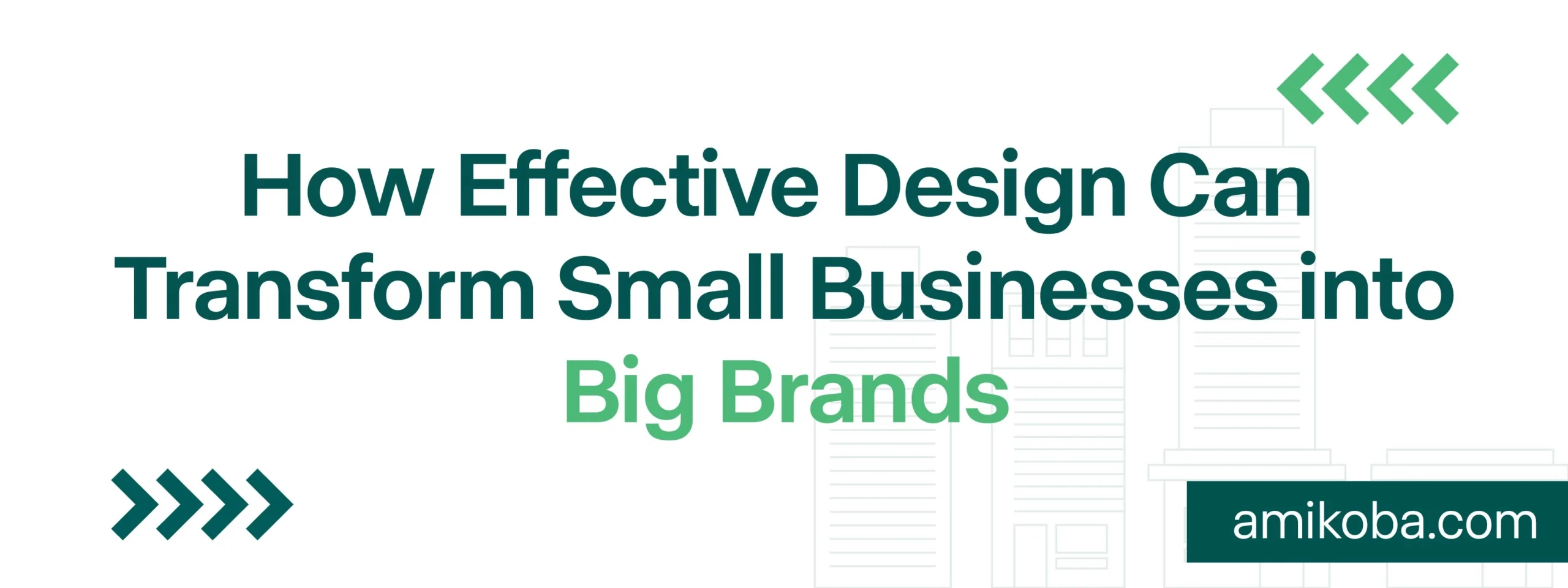
How Effective Branding and Design Can Transform Small Businesses into Big Brands
Effective branding and design can be the difference between staying unnoticed or becoming a standout brand that customers recognize, trust, and engage with. Establishing a strong brand is crucial for any company—especially small businesses looking to grow and compete with larger enterprises. But how exactly can small businesses leverage branding and design to transform into big brands?
Let’s explore the role of branding and design in driving business growth.
1. Creating a Memorable Identity
The foundation of any great brand is its identity. Branding isn’t just about a logo; it’s about creating a unique personality for your business that resonates with your target audience. Through thoughtful logo design, color palettes, typography, and visual elements, a business can establish an identity that is instantly recognizable and evokes the right emotions.
Example: Think of brands like Apple, Nike, or Coca-Cola. Their logos are simple yet powerful, and their designs tell a story. For a small business, establishing this kind of identity helps build familiarity and loyalty among customers.
2. Building Trust with Consistency
Consistency in branding is vital to building trust with your audience. When a small business consistently uses the same colors, fonts, imagery, and messaging across all platforms, it sends a message of professionalism and reliability. Customers are more likely to trust a brand that looks cohesive and polished, as it reassures them that the business knows what it’s doing.
Example: Starbucks maintains a consistent color scheme (green) and visual style, whether in-store, on their app, or in advertising. This consistency fosters trust and loyalty, even among new customers.
3. Differentiation in a Crowded Market
In any industry, small businesses are often faced with the challenge of standing out in a crowded market. Strong branding and design give businesses the ability to distinguish themselves from competitors. Whether it’s a unique logo, an innovative product packaging design, or a memorable slogan, differentiation is key to attracting attention and sparking interest.
Example: A local coffee shop may differentiate itself by using eco-friendly packaging, a signature cup design, and branding that highlights its community-based values, setting it apart from national chains.
4. Effective Marketing and Advertising
Good branding and design make it easier to create effective marketing materials. From business cards and brochures to websites and social media profiles, a visually appealing and cohesive design can make all the difference in attracting customers. When a small business uses well-designed marketing materials, it signals to potential customers that the business values quality and is professional.
Example: A small boutique with an eye-catching logo and well-designed website creates an impression that is more likely to convert visitors into loyal customers.
5. Telling a Compelling Brand Story
Great brands are built around compelling stories that speak to the values, mission, and vision of the business. Through branding and design, small businesses can effectively tell their story, which helps connect on a deeper level with their target audience. Whether through visual storytelling on your website or through your product design, sharing your business’s journey builds emotional ties that go beyond just selling a product or service.
Example: Patagonia’s branding focuses on sustainability, ethical practices, and environmental conservation, which has garnered a loyal following. Their story connects with customers who share those values.
6. Improving Customer Experience
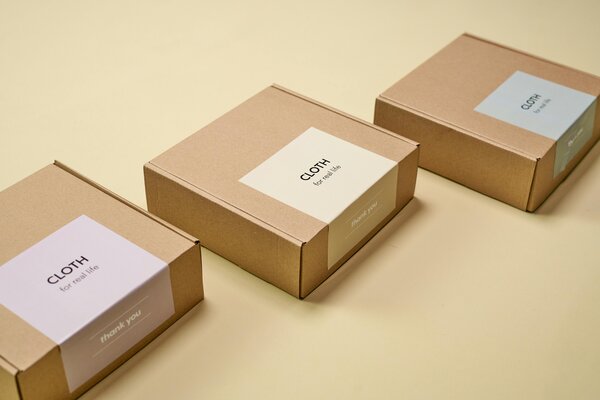
Effective design isn’t limited to logos and advertising—it extends to the overall customer experience. From easy-to-navigate websites to aesthetically pleasing and functional packaging, the way your business presents itself impacts how customers perceive your brand. A seamless and enjoyable customer experience builds positive associations with your business, turning one-time buyers into repeat customers.
Example: A small business with a user-friendly online store, clear product descriptions, and responsive customer service will build a loyal customer base.
7. Expanding Your Reach
Once a small business has invested in branding and design, it opens up new opportunities for expansion. A solid brand identity can help attract investors, new customers, and potential business partnerships. Having a professional brand image signals that your business is ready to grow and compete on a larger scale.
Example: A small clothing line with strong branding might be able to expand into retail stores or collaborate with influencers and other brands, giving it greater visibility.
8. Adapting to Changing Trends
A successful brand is one that can evolve with the times. Strong design helps businesses stay relevant as they adapt to new trends in both the market and technology. Whether through updated website designs, rebranding campaigns, or adopting new communication channels like social media platforms, businesses must be agile and able to change to remain appealing to their audience.
Example: A tech startup may begin with a sleek and minimalist website design, but as it grows, it can adapt its design language to incorporate new trends, like interactive features or artificial intelligence integration.
Conclusion
Branding and design are not just aesthetic choices—they are strategic tools that can propel a small business toward success. By creating a memorable identity, ensuring consistency, differentiating from competitors, telling a compelling story, and providing an exceptional customer experience, businesses can transform into big brands. Effective branding and design are long-term investments that pay off by helping small businesses expand their reach, build trust, and foster deeper connections with their audience.
For small businesses, it’s not just about looking good—it’s about looking professional, trustworthy, and consistent, all of which contribute to creating a brand that customers love and support. So, if you’re a small business looking to make a big impact, start with branding and design—it’s the foundation for growth.




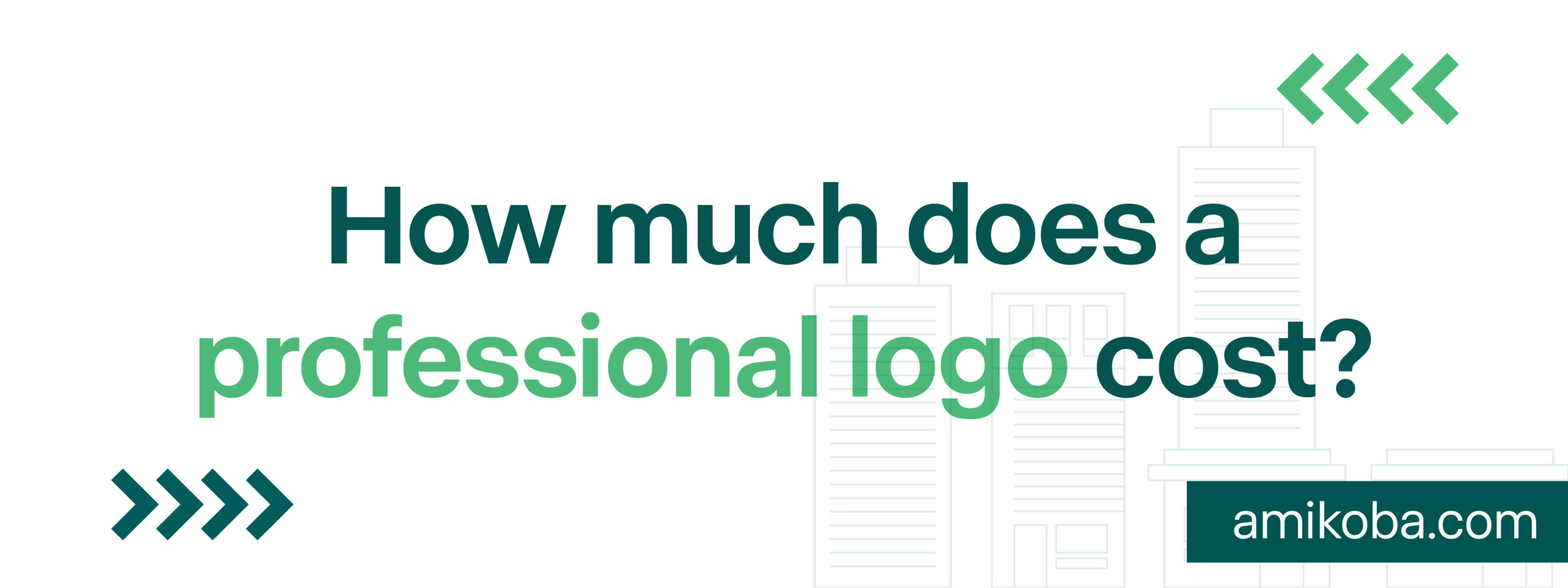
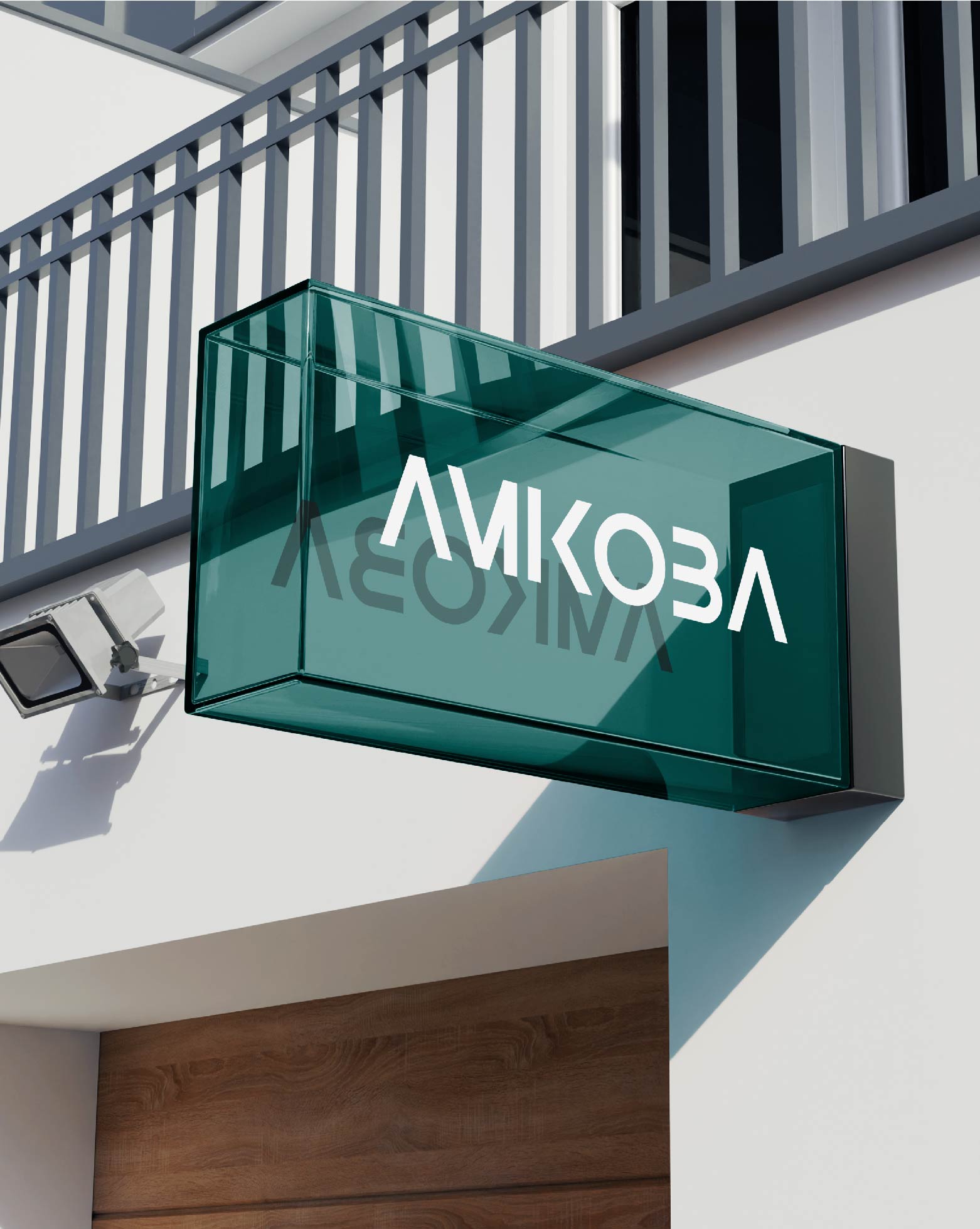


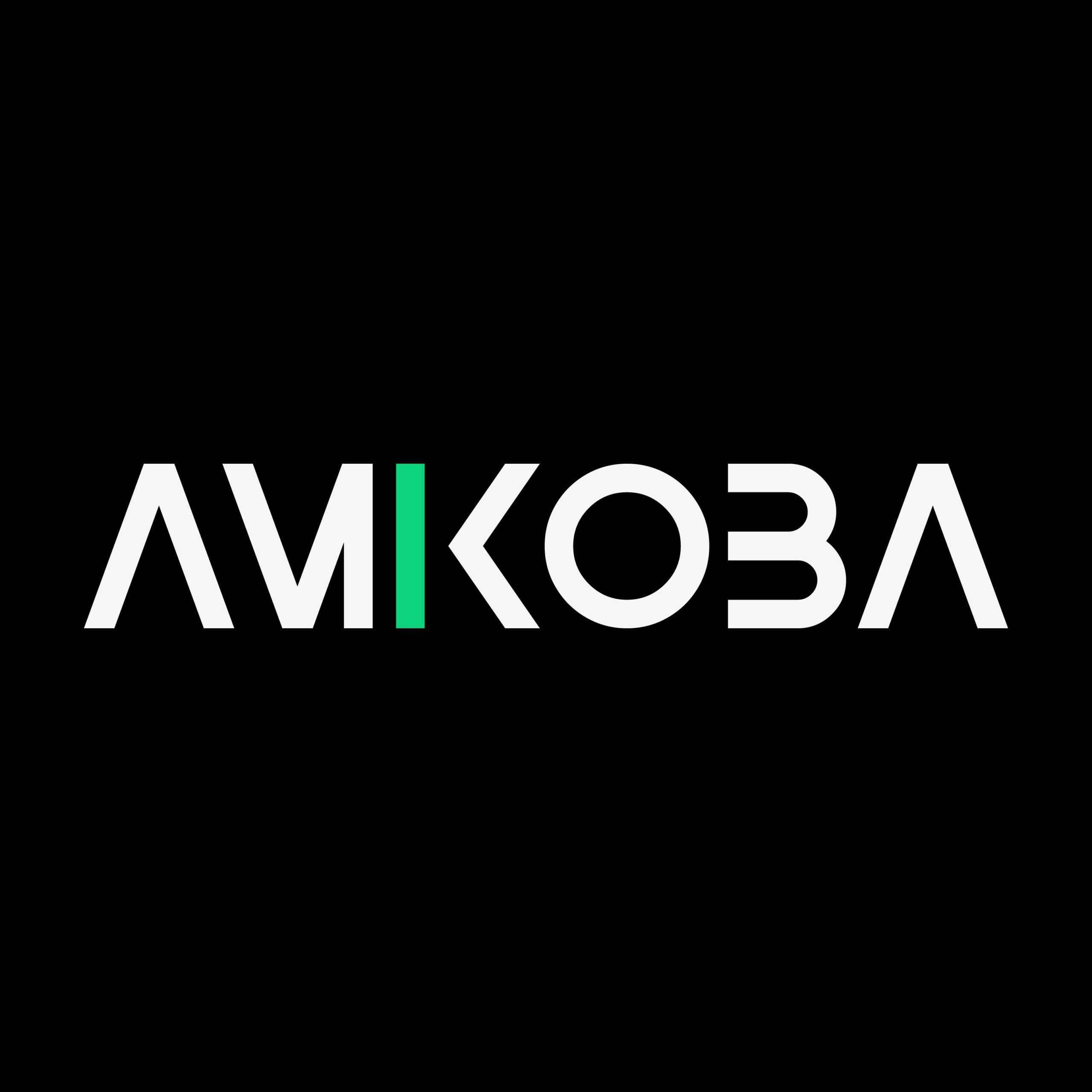
Leave a Reply